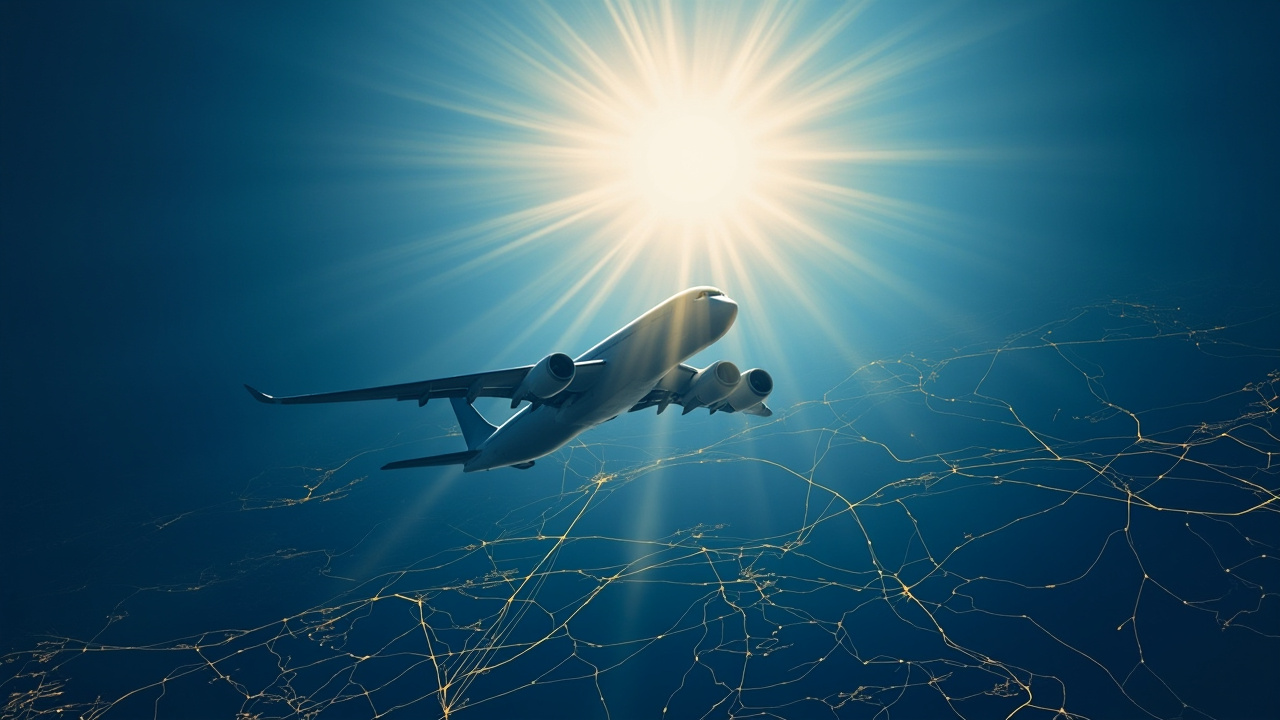Boeing Orders Surge as Market Strengthens Before Paris Air Show

The recent surge in Boeing's airplane orders, which reached 303 in May—the highest figure since December 2023—marks a pivotal moment for the company as it navigates through a complex and competitive aviation landscape. This burgeoning demand is not just a testament to Boeing's recovery from past setbacks but signifies the potential for robust financial performance, especially as the company approaches key industry events like the Paris Air Show. Investors and analysts alike will be keen to observe how these trends impact Boeing's stock, particularly in light of competitive dynamics with Airbus and broader economic pressures.
Boeing's recent order metrics provide valuable insights into the company's strategic positioning. The shift towards more deliveries aligns with the pressing need for cash flow generation post-pandemic, where deliveries are often the lifeblood of aircraft manufacturers. In 2025, Boeing delivered 220 planes compared to Airbus's 243, indicating a fierce competition not solely based on production numbers but also on customer relationships and market adaptability. Notably, Boeing secured 512 net orders this year, contrasted with Airbus's 215—an impressive performance that could reshape market perceptions ahead of the upcoming Paris Air Show, where additional contracts and partnerships are anticipated. Moreover, Boeing's regularization of production rates could counterbalance operational challenges posed by the Federal Aviation Administration's (FAA) regulatory limits. Although Boeing’s 737 Max production is capped at 38 units/month following past safety concerns, stabilizing this figure offers a glimmer of hope for ramping up output later. Two major factors stand out in this scenario: the ongoing recovery in global travel demand and Boeing's commitment to resuming deliveries to Chinese airlines—a move that could significantly strengthen its market share in Asia, which has always been a strategic battleground for both aircraft manufacturers.
Looking at the historical context, one cannot help but draw parallels to Boeing's trials during the 2008 financial crisis and the 2020 pandemic. In both instances, demand slumped dramatically, with lasting repercussions on production and innovation. However, this current market scenario presents a different narrative where strategic investments and timely adaptations may reap rewards. As domestic and international travel gears up post-pandemic, the necessity for expanded airline fleets may soon clash with potential inflationary pressures and supply chain challenges, mirroring the obstacles encountered during the dot-com bubble when overextensions led to market corrections. Are there lessons from history that Boeing and its competitors can heed to avoid repeating past mistakes?
In conclusion, Boeing's recent order surge is a strong indication of revitalizing market demand combined with the company's aggressive recovery strategies. Moving forward, stakeholders must remain vigilant about the potential implications of fluctuating economic indicators such as GDP growth and CPI, as well as the broader context of global aviation trends. While opportunities abound for maximizing cash flow and expanding market presence, investors should not overlook compliance challenges posed by stringent regulatory environments and the unpredictable nature of geopolitical tensions. How Boeing positions itself in these ever-evolving dynamics will be crucial in defining its trajectory and maintaining investor confidence in the months leading up to— and following—the Paris Air Show.
Read These Next

China Airlines Expands Routes Ahead of Summer Travel Surge
Chinese airlines expand international flights ahead of summer travel peak to cater to rising tourism and business demand.

F1 Unveils 2026 Calendar; China Race Returns to Shanghai
F1 announced the 2026 schedule; China race is March 13-15, 2026, at Shanghai, boosting local economy and racing culture.

Strengthening Governance: The Formation of an Audit Committee at Shanghai Haohai Biological Technology Co., Ltd.
An analysis of Shanghai Haohai Biological Technology Co., Ltd.'s recent establishment of an Audit Committee, highlighting its impact on governance, financial trends, and future risks.
